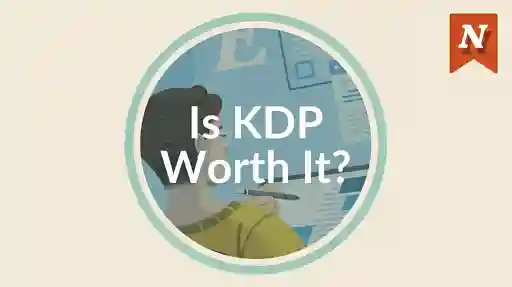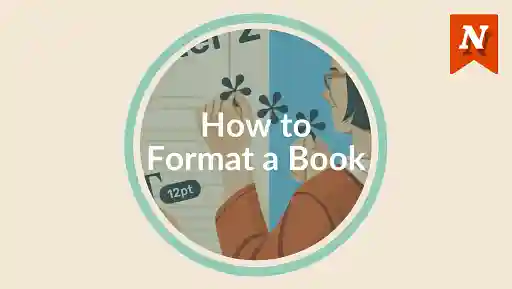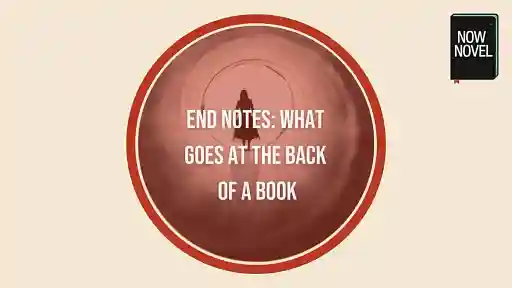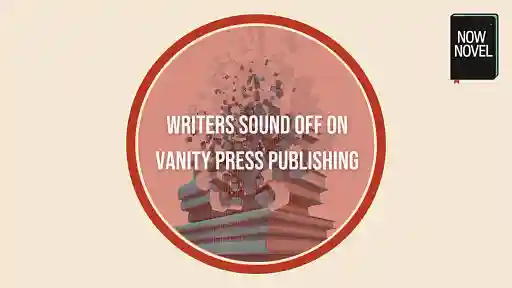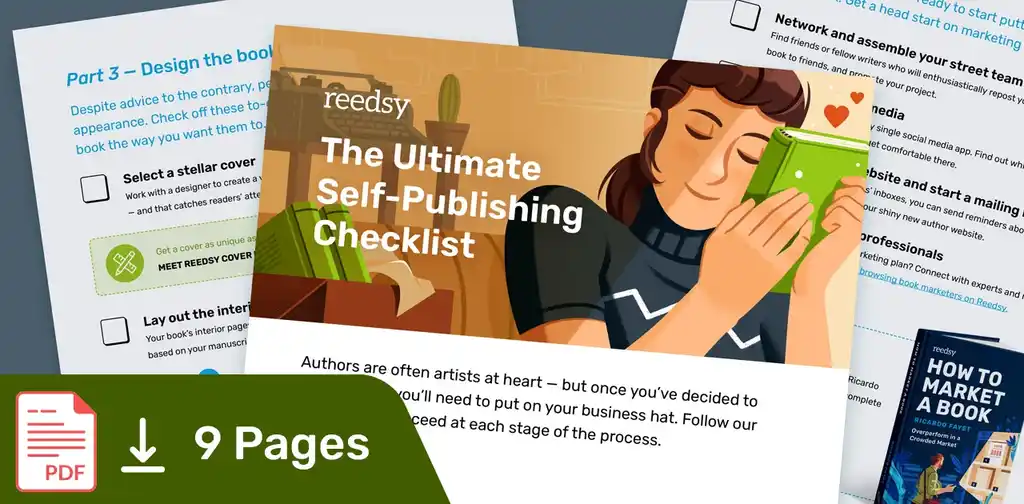Remember when Amazon was just an online bookstore? While it has now expanded into… well, everything, books still hold a special place in its heart — and as a cornerstone of its business.
These days, many indie authors choose to self-publish their books on Amazon’s KDP (Kindle Direct Publishing) platform. As you might imagine, the platform’s long history in book sales and distribution offers certain advantages for indie authors; however, there are also some drawbacks.
To work out if it’s right for you, here are the pros and cons of self-publishing on Amazon in terms of ease, reach, income, and when things go wrong.
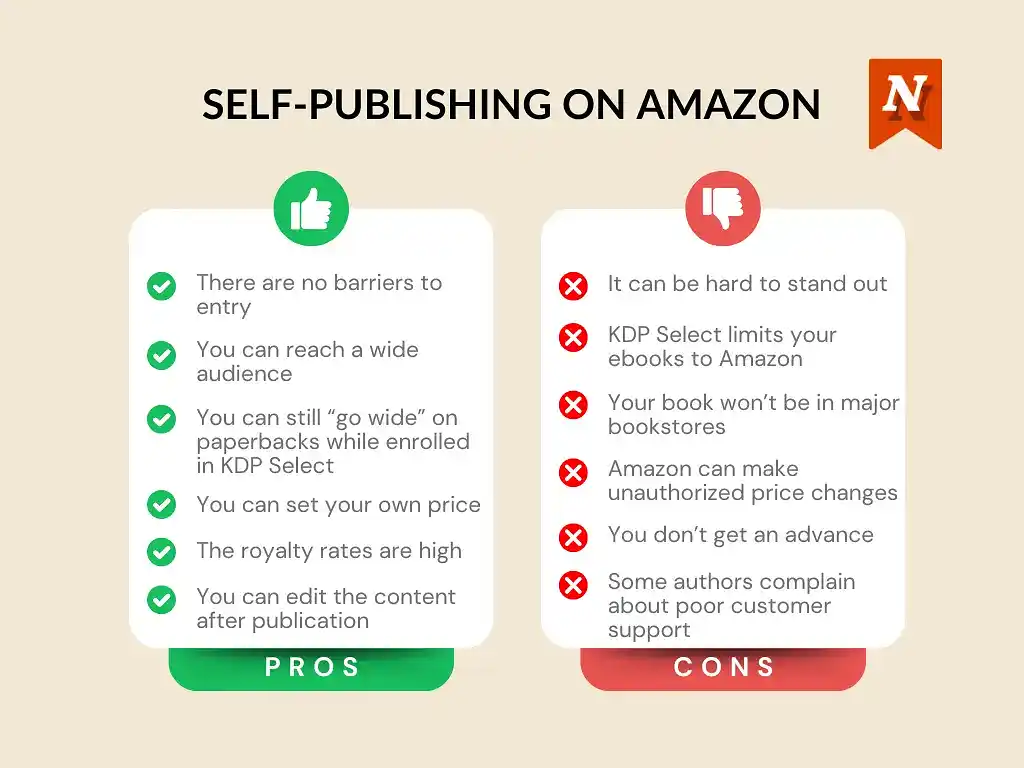
Ease and accessibility
Pro: There are no barriers to entry
Let’s start with a classic Amazon pro: it’s easy, fast, and cheap. Specifically, when self-publishing through KDP, you don’t have to write the perfect pitch and wait months or years for a publishing deal. Nor do you have to pay any upfront costs — it’s free to upload your manuscript as an ebook, and paperbacks are printed on demand at a competitively low cost.
It’s also relatively straightforward to upload your book to the platform — not to mention there are plenty of guides and YouTube videos for authors who are less technologically inclined.
In short, self-publishing on Amazon is so accessible that anyone and everyone can do it.
Con: It can be hard to stand out
Herein lies the first problem: everyone does do it. Okay, I’m exaggerating — but given that over a million authors have self-published their books on Amazon, it can be disheartening to realize you’ve heard of hardly any of them.
So if you want to attract attention on Amazon, you have to be prepared to put the effort in — both to the quality of your book and to your marketing strategy.
To stand any chance of your self-published book taking off on Amazon, you’ll need a strong, polished manuscript and a striking, professional book cover. It’s always best to consult an experienced industry specialist who knows exactly what’s trending and how to succeed in the competitive publishing market. Of course, this does cost money — but as they say, you have to spend money to make money.
On top of all this, you’ll also need to master Amazon’s algorithms and build a solid marketing strategy — all of which takes time (or money if you outsource it).

Meet top editors, designers, and marketers
The best professionals are already on Reedsy. Sign up now to request free quotes.
Potential market reach
Pro: You can reach a wide audience
Of course, as many authors as there are on Amazon, that number is miniscule compared to the number of users. Amazon dominates paperback and ebook sales in the US and the UK (though less so in Australia, so always double check your target market!).
Regardless of where you are, you can distribute your book to all of Amazon’s global territories, reaching up to 310 million active users — in theory.
If you sign up to KDP Select, Amazon’s promotional program for self-published authors, you can use its tools to gain more reader exposure. Firstly, your ebook will be featured on Kindle Unlimited, aka the “Netflix of books.” Readers pay $9.99 a month and can read as many of the included ebooks as they like. Authors get paid per page read on KU, so longer books are actually more profitable here — as long as they’re interesting enough to keep readers engaged!
Another big plus of KDP Select is that you can run a “countdown deal” to discount your book for one week every 90 days, appearing on the “Kindle Store Deals” page. You can even make your book free for five days out of those 90 to try and get positive reviews and word-of-mouth recommendations.
After 90 days, you can choose to continue on the scheme or opt out.
Con: KDP Select limits your ebooks to Amazon
KDP Select is probably sounding great so far — but there’s a small catch.
By joining the scheme, you agree to only publish your ebook on Amazon for the duration of your participation. This means you’re forced to choose between the benefits of the program and the freedom to publish elsewhere. Whether or not this is a difficult choice depends on who your target readers are and where they like to buy their books.
Realistically, most of us have used Amazon at one time or another, so you’re unlikely to alienate too many readers simply by being Amazon-exclusive. That said, just because someone uses Amazon, doesn’t mean it’s their favorite place to find new books.
In that vein, make sure you’re marketing your book outside of Amazon as well and aim to get book reviews to increase the profile of your novel.
Pro: You can still “go wide” on paperbacks while enrolled in KDP Select
Fortunately, the Amazon-exclusive restriction doesn’t apply to physical copies of your book. You still have the option to keep your ebook exclusive to KDP and reach your anti-Amazon readers with paperbacks sold by other distributors.
However, be aware that you’ll need to buy your own ISBN, as the free one KDP provides can only be used on Amazon.
Con: Your book won’t be in major bookstores
If you want to target readers who do actively object to the giant corporation’s ethical practices, selling paperbacks online through more principled retailers might be a good tactic. However, if your readers don’t shop online period, then self-publishing (whether on Amazon or elsewhere) is probably not the way forward.
It’s exceedingly difficult to convince major bookstore chains to stock your self-published book unless it’s already a huge hit. So if being in bookstores is your dream — or if you have a clear understanding of your readers as brick-and-mortar buyers only — consider trying to get your book published through more traditional means instead.
Pricing and royalties
Pro: You can set your own price
One big advantage that Amazon has over traditional bookstores is the ability to set your own price. You can even specify a different retail price in each geographical region!
It’s generally best to choose something between $2.99 and $9.99, as that range gets you the highest royalty rate on Amazon (more on that below). And of course, keep in mind that if you’re enrolled in KDP Select, you can also take advantage of those price promotions to temporarily lower your book’s price (or make it free!) each 90-day period.
Con: Amazon can make unauthorized price changes
The flip side is that Amazon can alter the price of your book without asking, for example to price match a competitor. Even though this is done with the intention of increasing sales, some authors don’t like not being in full control.
However, it’s not as bad as it seems. If you’re on the 70% ebook royalty option (see below), your take-home income will be less per sale, but for paperbacks and other ebooks, Amazon still pays royalties based on the list price you set, rather than the discounted retail price.
Besides, this isn’t unique to Amazon. Most other self-publishing services have the same policy — and traditional publishing gives you even less control!
Pro: The royalty rates are high
Compared to other self-publishing platforms, Amazon’s royalty rates are fairly competitive. And compared to traditional publishing, they’re off the charts!
In 39 territories, including the US, UK, Canada, Australia, and New Zealand, you can earn 70% royalties for ebooks priced between $2.99 and $9.99 (that is, you’ll get 70% of the list price after VAT and delivery costs). On all other ebook sales, you earn 35% royalties. For physical books, it’s up to 60% after printing expenses.
By comparison, traditional publishers only pay you 5-25% royalties after you earn out your advance. This means if you sell a lot of copies of your book, you’ll make way more money from self-publishing on Amazon than traditional publishing.
Con: You don’t get an advance
However, Amazon doesn’t pay you anything upfront. So if your book doesn’t take off, you don’t have an advance of a few thousand dollars to fall back on. As a result, when you’re just starting off, make sure you only invest as much in your book as you can afford to lose.
For most self-publishing authors, this won’t be too big a con; after all, you wouldn’t expect an advance from any self-publishing platform. But if you come to realize an advance is important to you, then you may wish to pursue traditional publishing instead.
When things go wrong
Pro: You can edit the content after publication
A potentially unexpected pro of self-publishing on Amazon is that you can edit your book (for free!) after it has already been published. In other words, if it doesn’t get great reception straight out of the gate, you actually have a chance to fix that in real time!
As long as you don’t change the page count by more than 10%, you can make free, unlimited edits to your ebook — and even if you do significantly change the page count, you can simply publish it as a new edition.
This feature is by no means a license to forgo professional editing or cover design. But it can be a comfort to know that if a typo has somehow been missed or a design isn’t as popular as expected, you can take corrective measures.
Con: Some authors complain about poor customer support
For bigger problems outside your control, Amazon’s customer support may be slower and less personalized than that of smaller companies. Some authors have complained about long wait times and a lack of transparency in KDP’s communications.
There’s no single correct answer to whether self-publishing on Amazon is worth it. It all depends on your target readers, your budget, and your values. Hopefully this article has given you some things to think about as you weigh up the pros and cons for you personally.


